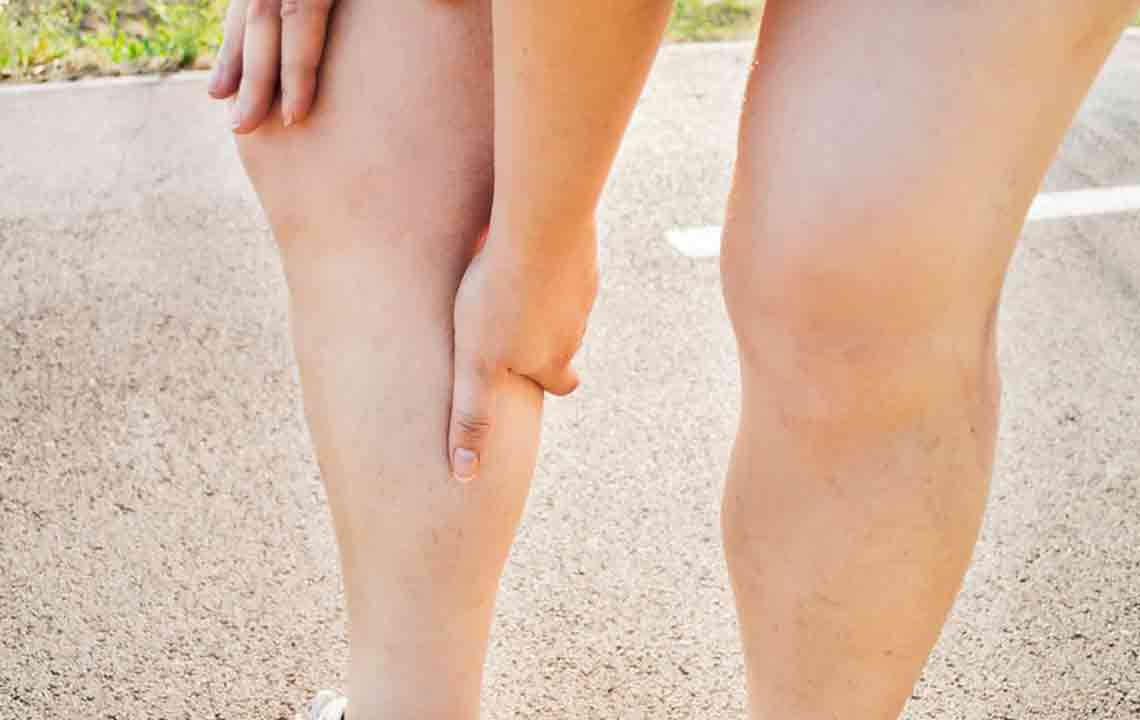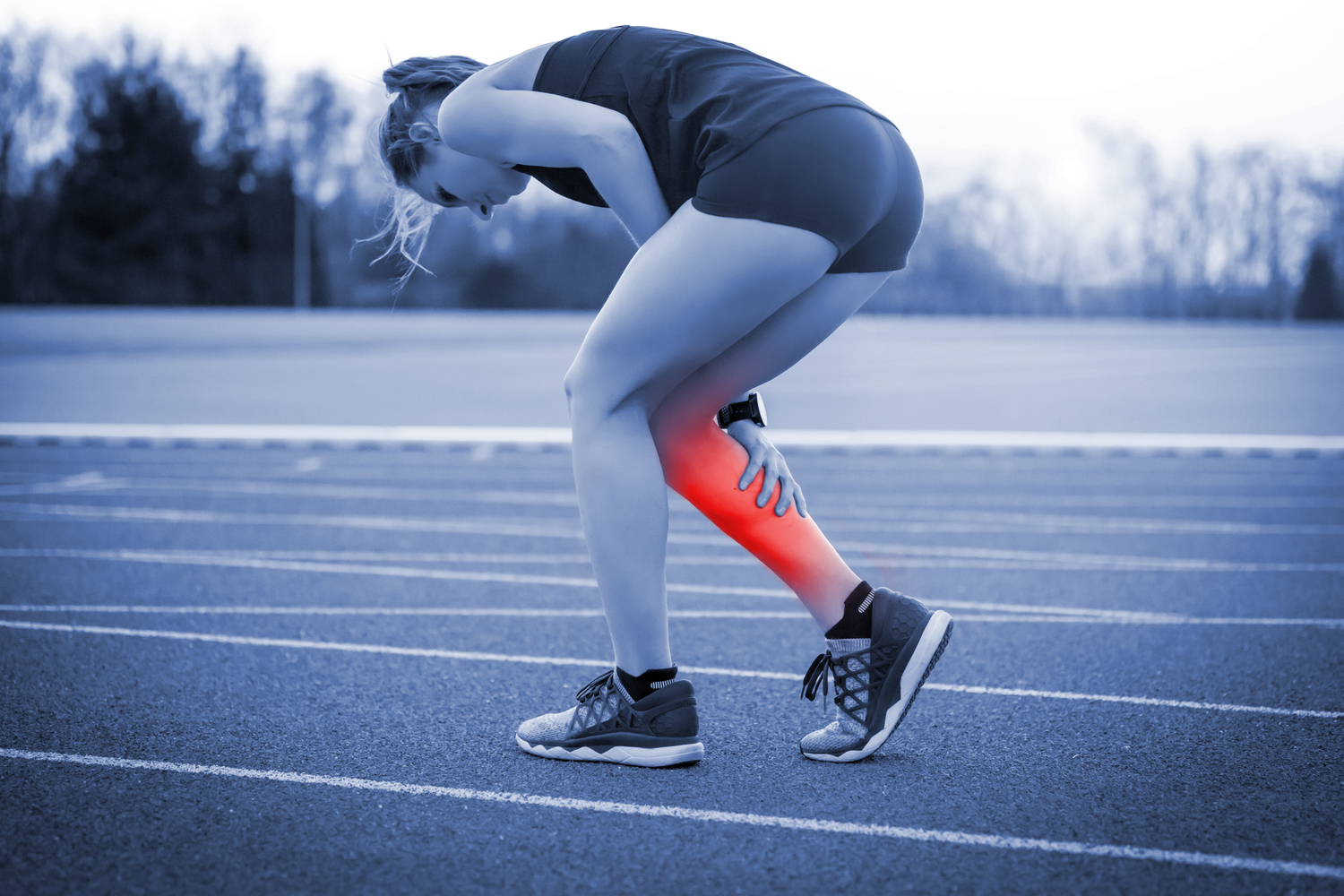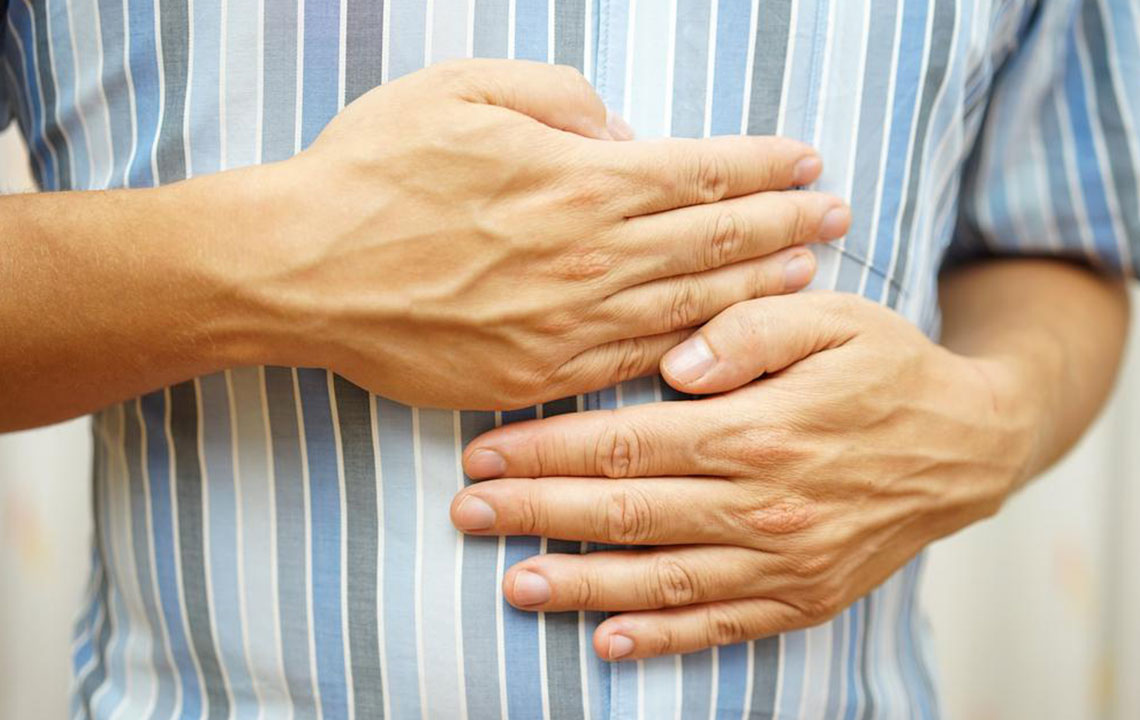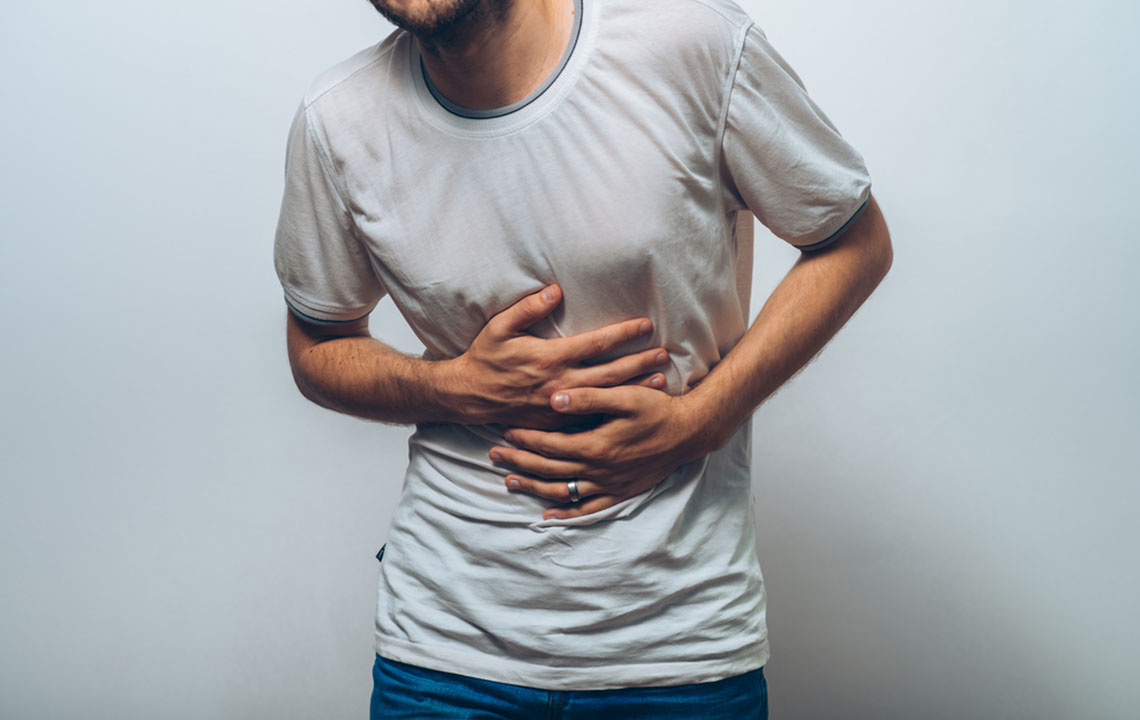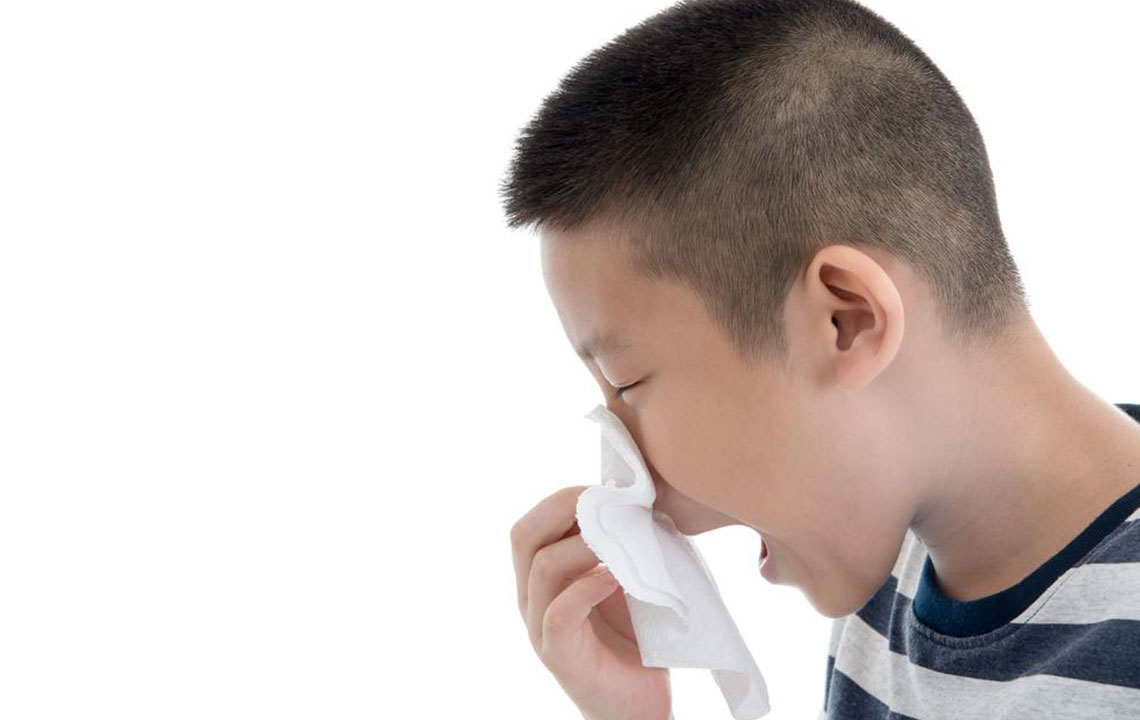Comprehensive Guide to Effectively Alleviate Leg Cramps and Maintain Muscle Health
This comprehensive guide provides practical strategies, dietary tips, and natural remedies to effectively alleviate and prevent leg cramps. Emphasizing hydration, nutrition, and lifestyle modifications, it offers valuable advice for maintaining healthy muscles. Suitable for anyone experiencing frequent cramps, the article highlights immediate relief techniques and long-term prevention methods to promote muscle wellness and improve quality of life.

Comprehensive Strategies for Alleviating Leg Cramps and Promoting Muscle Wellness
Leg cramps are a common discomfort experienced by many individuals, often occurring unexpectedly during sleep or physical activities such as running, cycling, or even prolonged standing. These sudden spasms can be extremely painful, sometimes lasting only a few seconds but occasionally persisting for several minutes. Understanding how to effectively relieve and prevent leg cramps is essential for maintaining comfort, improving quality of life, and avoiding potential complications that can arise from muscle strain or electrolyte imbalances. This comprehensive guide explores various proven methods, natural remedies, dietary adjustments, and lifestyle changes that can help you manage leg cramps more efficiently.
Understanding the Causes of Leg Cramps
Before delving into remedies, it’s important to understand what triggers leg cramps. Common causes include dehydration, electrolyte imbalances (sodium, potassium, magnesium, calcium), overuse of muscles, poor circulation, or nerve compression. Certain medications, pregnancy, and medical conditions such as diabetes or thyroid disorders can also increase the risk of cramps. Recognizing these factors can help in tailoring preventive strategies and seeking appropriate medical attention if necessary.
Dietary Strategies to Prevent and Reduce Leg Cramps
One of the most effective ways to combat leg cramps is through proper nutrition. Ensuring your diet is rich in essential minerals and vitamins supports muscle function and electrolyte balance. Incorporate foods high in magnesium, potassium, calcium, and vitamin E to strengthen muscles and reduce the frequency of cramps. Leafy greens such as spinach and kale, nuts, seeds, dairy products, and lean meats are excellent sources. Whole grains are preferable over refined flour, providing sustained energy without causing blood sugar spikes that can contribute to muscle fatigue.
In particular, magnesium-rich foods like pumpkin seeds, sunflower seeds, and leafy greens help relax muscles. Potassium-rich foods such as bananas, sweet potatoes, and oranges support nerve signals and muscle contractions. Calcium sources like yogurt, cheese, and fortified plant-based milks are vital for muscle contractions and relaxation. Consuming a balanced diet not only prevents nutrient deficiencies but also enhances overall muscular health.
Hydration and Electrolyte Balance
Dehydration is a primary factor in the development of leg cramps. Drinking sufficient water daily—generally 8 to 10 glasses—is essential for maintaining optimal hydration levels. Additionally, replenishing electrolytes lost through sweating or diuresis can prevent cramps. Electrolyte-rich beverages such as sports drinks containing sodium, potassium, and magnesium can be beneficial, especially during intense exercise or hot weather.
Limit consumption of caffeine, alcohol, and soda, as these can contribute to dehydration. During prolonged physical activity, include electrolyte drinks or natural sources like coconut water to replace lost minerals. Keeping a well-hydrated body ensures better muscle function and reduces the likelihood of spasms.
Natural Remedies and Home Treatments for Immediate Relief
When a cramp strikes unexpectedly, several quick and effective home remedies can provide relief. Gentle stretching of the affected muscle—such as pulling your toes upward towards your shin—can help relax the spasm. Walking around slowly and massaging the tight area also promote blood flow and muscle relaxation.
Applying heat is another effective method. Use a hot water bottle, heating pad, or take a warm shower to ease muscle tension and improve circulation. Conversely, cold packs or ice applied to the area can reduce inflammation if a cramp results from injury or prolonged strain.
Massaging the muscle in circular motions for a few minutes can relax the fibers and alleviate pain. Incorporating these practices into your immediate response can minimize discomfort and prevent cramps from worsening.
Herbal and Natural Supplements
Certain natural remedies have been used for generations to prevent or alleviate leg cramps. Chamomile tea, known for its calming properties, can relax muscles when consumed regularly—about five cups daily over a period of two weeks. Rich in glycine, an amino acid, chamomile helps mitigate spasms and reduces muscle tension.
Another traditional remedy involves mixing one tablespoon each of honey, apple cider vinegar, and calcium lactate in warm water and drinking once daily. This combination supplies potassium and calcium, vital minerals for preventing cramps caused by deficiencies. Additionally, raspberry tea prepared by boiling a teaspoon of raspberry leaves or berries in water can soothe muscle cramps—best consumed in the morning and evening.
Lifestyle Adjustments and Preventive Measures
Beyond dietary and immediate remedies, adopting healthy lifestyle habits can significantly reduce the occurrence of leg cramps. Regular stretching exercises, especially before bedtime, help maintain muscle elasticity. Focus on routines that include calves, thighs, and hamstrings.
Maintaining a consistent exercise regimen improves circulation and muscle strength but avoid overexertion, which can lead to fatigue and spasms. Wearing supportive footwear during physical activities and avoiding prolonged periods of immobility also contribute to prevention.
Ensuring quality sleep is essential as night cramps are common. Elevate your legs with pillows to enhance circulation, and keep the bedroom temperature comfortable to prevent muscle tightness caused by cold conditions.
When to Seek Medical Advice
If leg cramps are frequent, severe, or persistent despite following these remedies, it is crucial to consult a healthcare professional. Underlying conditions such as nerve issues, circulatory problems, or metabolic imbalances may require appropriate diagnosis and treatment. A medical evaluation can help determine if prescription medications or additional interventions are necessary.
For some individuals, cramps may signal other health concerns needing targeted management. Always seek medical guidance if cramps interfere with daily activities or sleep quality.
In conclusion, managing leg cramps involves a multifaceted approach that includes nutritional support, hydration, immediate home remedies, lifestyle changes, and medical consultation when needed. By incorporating these strategies into your daily routine, you can effectively reduce the frequency and intensity of leg cramps, ensuring better mobility and overall comfort. Remember, proactive prevention and timely intervention are key to long-term muscle health and well-being.

